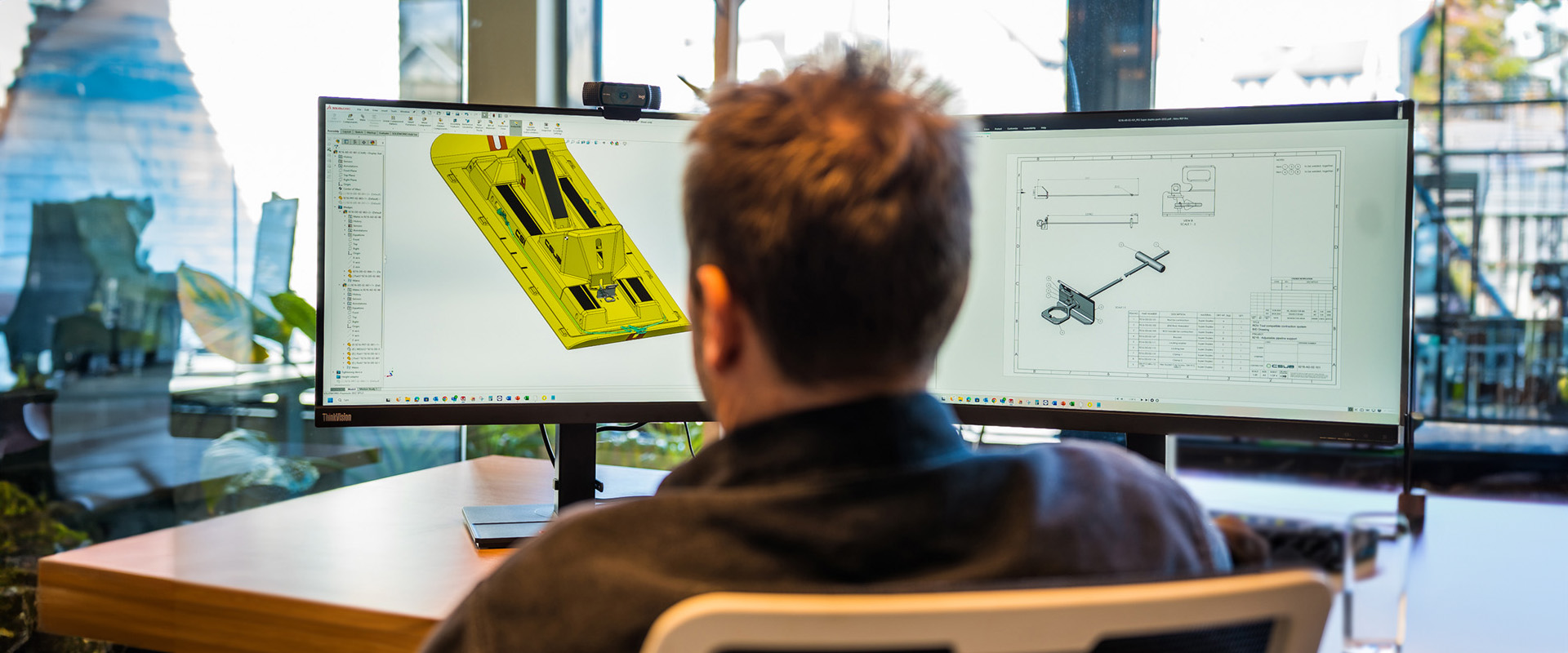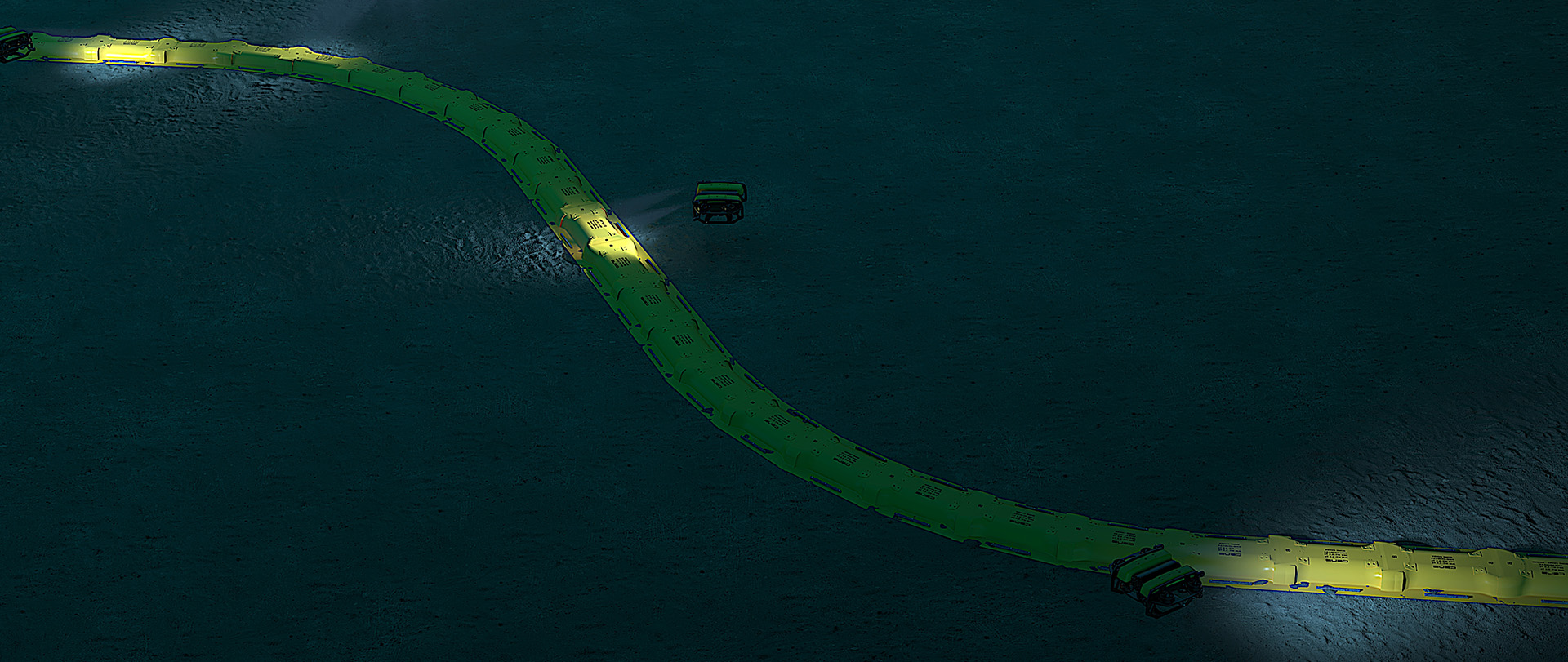Subsea composite solutions have multiple advantages, making them one of the best alternatives for underwater operations.
An introduction to Non-Metallic Solutions
CSUB specializes in producing non-metallic subsea support structures and protection systems using Glass Fibre Reinforced Polymer (GRP), which offers significant advantages for subsea applications.
GRP is highly resistant to corrosion, lightweight, and durable, making it a cost-effective alternative to traditional steel and concrete solutions. The material has become popular in industries such as oil and gas, offshore wind, and aquaculture due to its ability to withstand harsh underwater environments without suffering from galvanic corrosion or requiring extensive maintenance.
CSUB offers a variety of products. Such as pipeline sleepers, subsea crossings, subsea bridges, pipeline freespan correction and foundations. In addition, we provide a variety of subsea protection systems.
– Our Non-Metallic Subsea systems are designed for easy installation, high resistance to ocean conditions, and minimal environmental impact, with GRP materials providing improved energy efficiency through weight reduction. Additionally, CSUB’s solutions are customizable, allowing clients to tailor them to specific project requirements, says CTO, Jon Inge Brattekås.
The environmentally friendly aspect of our non-metallic solution, combined with its durability and cost-effectiveness, makes it an ideal choice for industries moving toward more sustainable operations.














